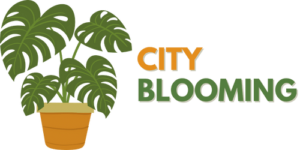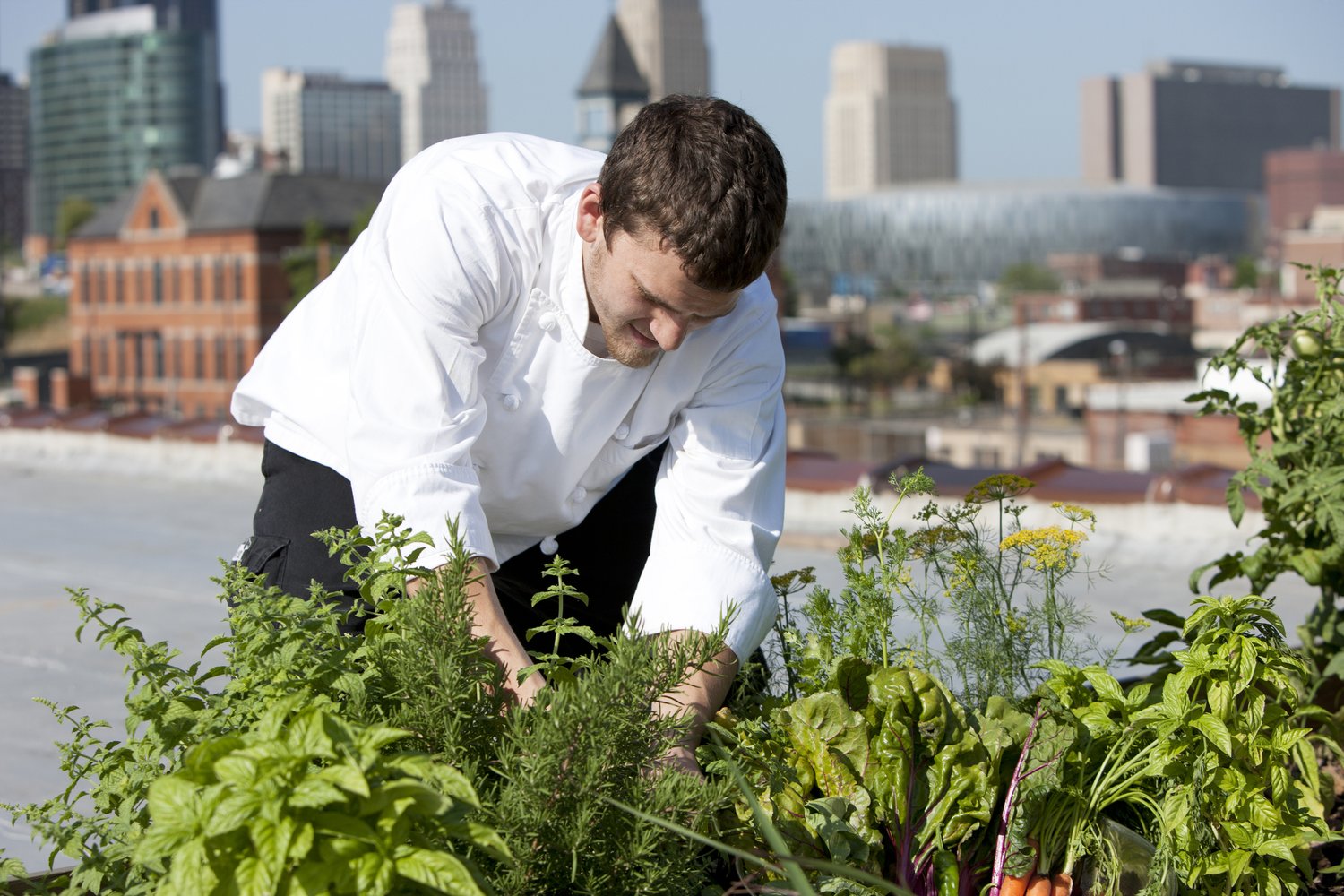The Ultimate Guide To City Blooming
The Ultimate Guide To City Blooming
Blog Article
The 3-Minute Rule for City Blooming
Table of ContentsFascination About City BloomingThe Only Guide for City BloomingOur City Blooming DiariesThe City Blooming IdeasA Biased View of City Blooming
Interested in expanding food for sale in the City of Chicago? Below is a checklist of regularly asked concerns regarding the regulations and guidelines that growers must consider when preparing a metropolitan agriculture project.
The zoning amendment does not modify any various other codes handling composting, structure authorizations, purchasing or leasing City possessed home, business licenses or environmental contamination. There are existing codes that control these issues and they continue to be in full effect and might be suitable to your task. Neighborhood gardens are normally possessed or managed by public entities, civic companies or community-based companies and kept by volunteers.
Urban farms grow food that is meant to be sold, either on a not-for-profit or for-profit basis. Due to their commercial objective, city ranches call for a service license. Yes. An area yard is permitted to sell surplus create that was grown on site if the sales are accessory or secondary to the yard's main function defined over.
City Blooming Fundamentals Explained
Composting is allowed however only for plant material that is created and used on site. The quantity of compost product can not surpass 25 cubic yards at any kind of given time according to the standards in 7-28-715 of the City's Municipal Code. Yes. Because the dirt at the majority of brand-new garden websites requires modifying, garden compost, dirt, timber chips, or other products can be acquired to construct or enhance the expanding room - landscaping.

If a building license is called for after that the hoophouse will be considered an accessory structure. You can figure out more about the structure authorization demands by getting in touch with the Division of Structures. The 25,000-square-foot dimension restriction is meant to stop a solitary community garden from dominating an offered block or taking away from the block's existing property or commercial character.
The restriction does not apply to yards found in Public Open Area (POS) districts. Can there be even more than one community yard that is 25,000 square feet on a solitary block? Fence is not needed, nonetheless, yards that have huge vehicle parking locations may be called for to mount fencing or various other landscaping attributes.
Facts About City Blooming Uncovered
B1 & B2 areas call for that all industrial usage activities be conducted indoors. R districts limit commercial task. The guidelines reflect the objective and intent of the Zoning Code. Is secure fencing required for metropolitan ranches? Yes. Fencings may be called for, in addition to landscaping and testing, for sure parking lot and outdoor job or storage locations depending upon location and the particular task occurring.
Urban ranches require structure authorizations and zoning authorizations prior to building (eco-friendly practices). Other kinds of city testimonial may be called for depending on particular frameworks, activities, dimension, landscape design, licensing, public heath and stormwater administration concerns.
Yes. The kind of license is established by what is taking place at the website. The Department of Business Affairs and Customer Security can help determine the certain sort of business permit that's needed. Yes. Off street car parking is needed for the majority of commercial tasks in Chicago. The called for number of garage is based upon the number of employees servicing site and not the square footage of the expanding area.
5 Simple Techniques For City Blooming

Yes. A metropolitan farm can sell compost material generated on website, nonetheless, the procedure should abide by the guidelines in 7-28-715 of the Chicago Municipal Code. Yes. Aquaponic systems are allowed inside your home on urban ranches in numerous zoning districts. Nonetheless, a zoning evaluation and structure license is needed in order to mount structures or systems and a business certificate is needed as defined above.
Up to 5 hives or colonies of honey bees might be maintained as an accessory usage. Beekeepers have to register with the Illinois Department of Agriculture. For additional information about the suggested zoning modification you might get in touch with the Division of Housing and Economic Advancement, Bureau of Preparation and Zoning at 312.744.8563.
Farming in cities and metropolitan areas A city farm in Chicago. Urban agriculture describes different techniques of growing. https://cityblooming.blog.ss-blog.jp/2024-06-27?1719472203, handling, and distributing food in city areas. The term likewise relates to the area tasks of pet husbandry, aquaculture, beekeeping, and horticulture in a city context. Urban agriculture is identified from peri-urban agriculture, which takes place in rural areas at the side try this out of suburbs.
Not known Details About City Blooming
, that seek to form social networks started on a common principles of nature and neighborhood holism. These networks can establish by way of formal institutional assistance, coming to be integrated right into neighborhood community preparation as a "change community" activity for lasting urban advancement.
Some of the very first proof of urban agriculture comes from Mesopotamia.
Report this page